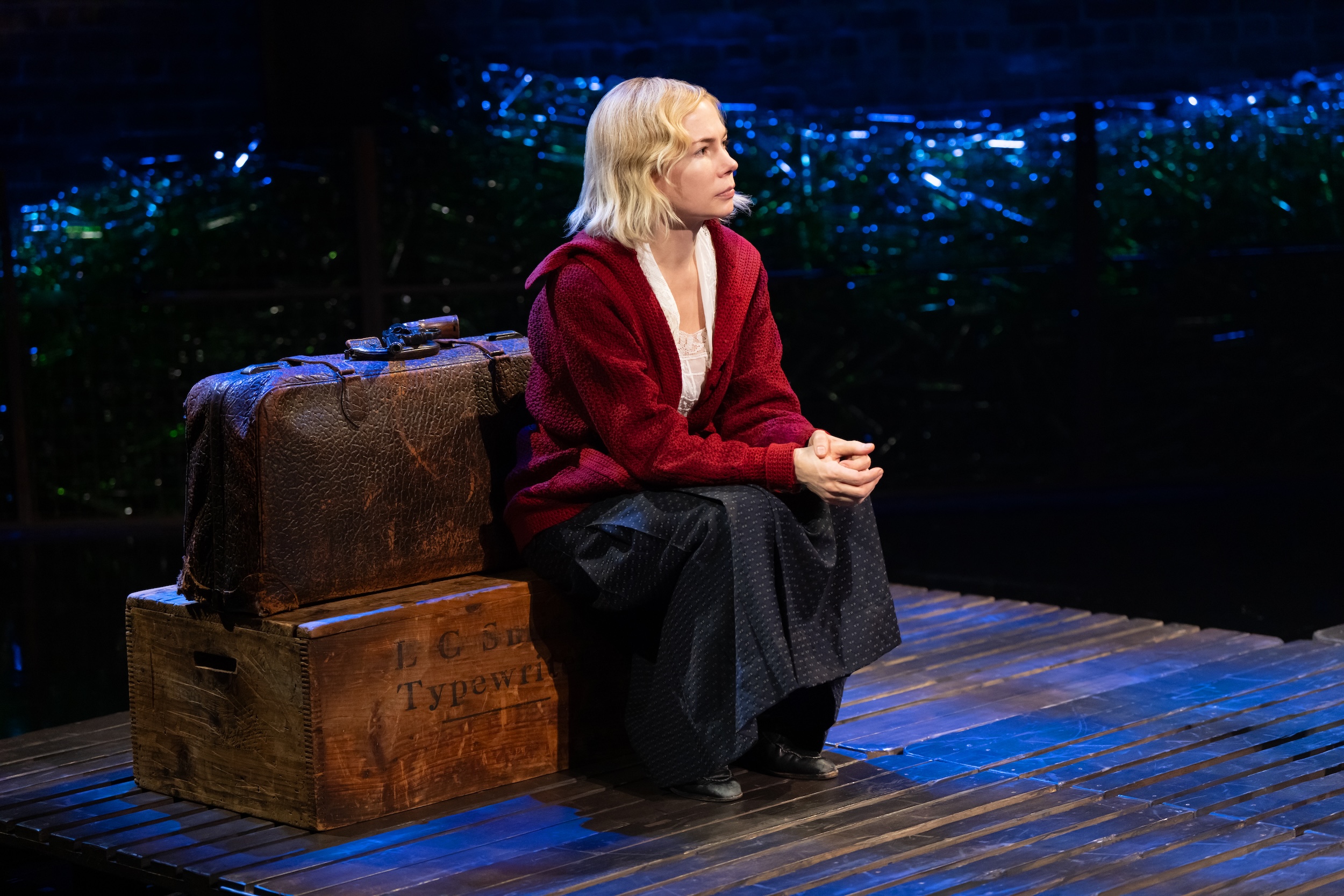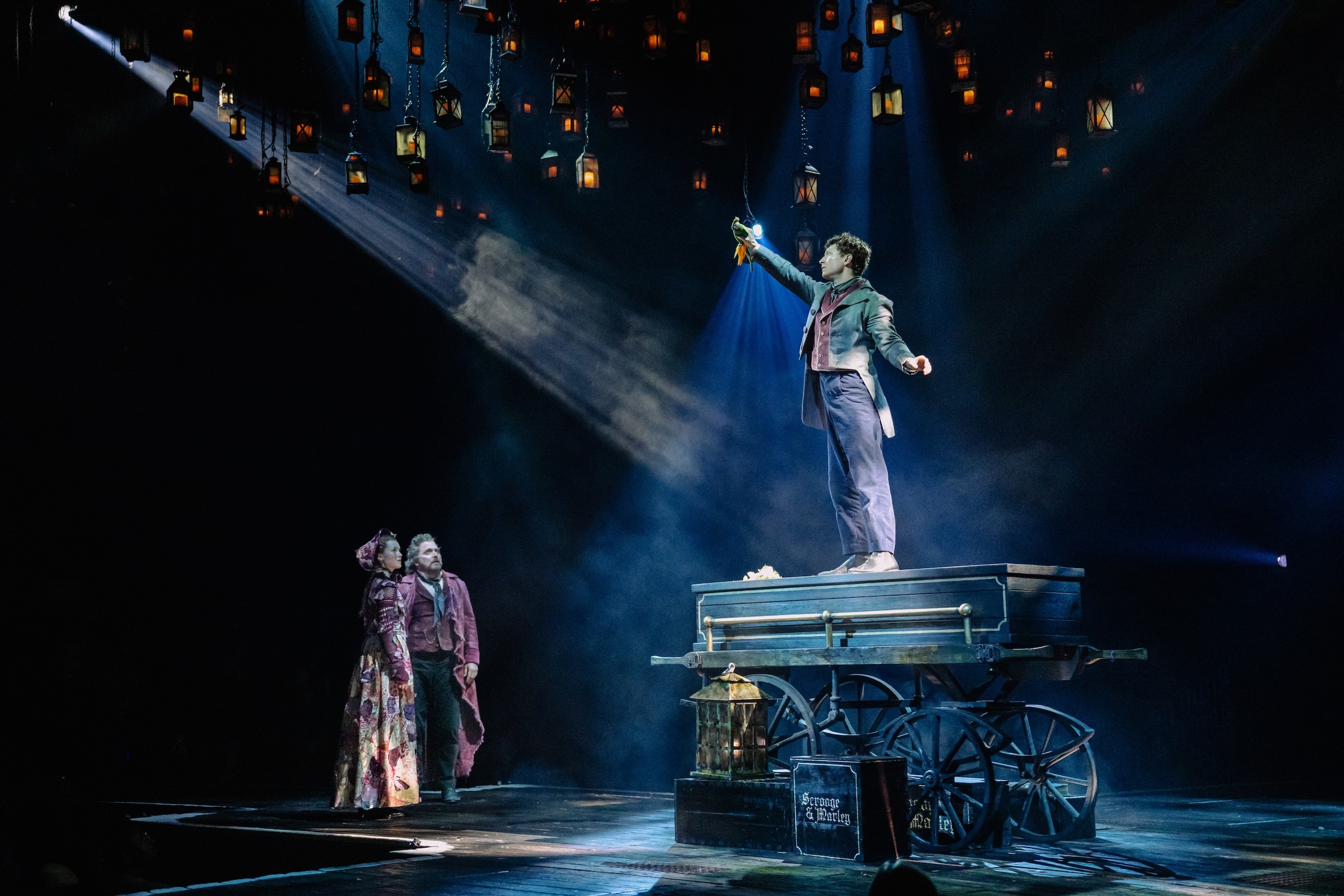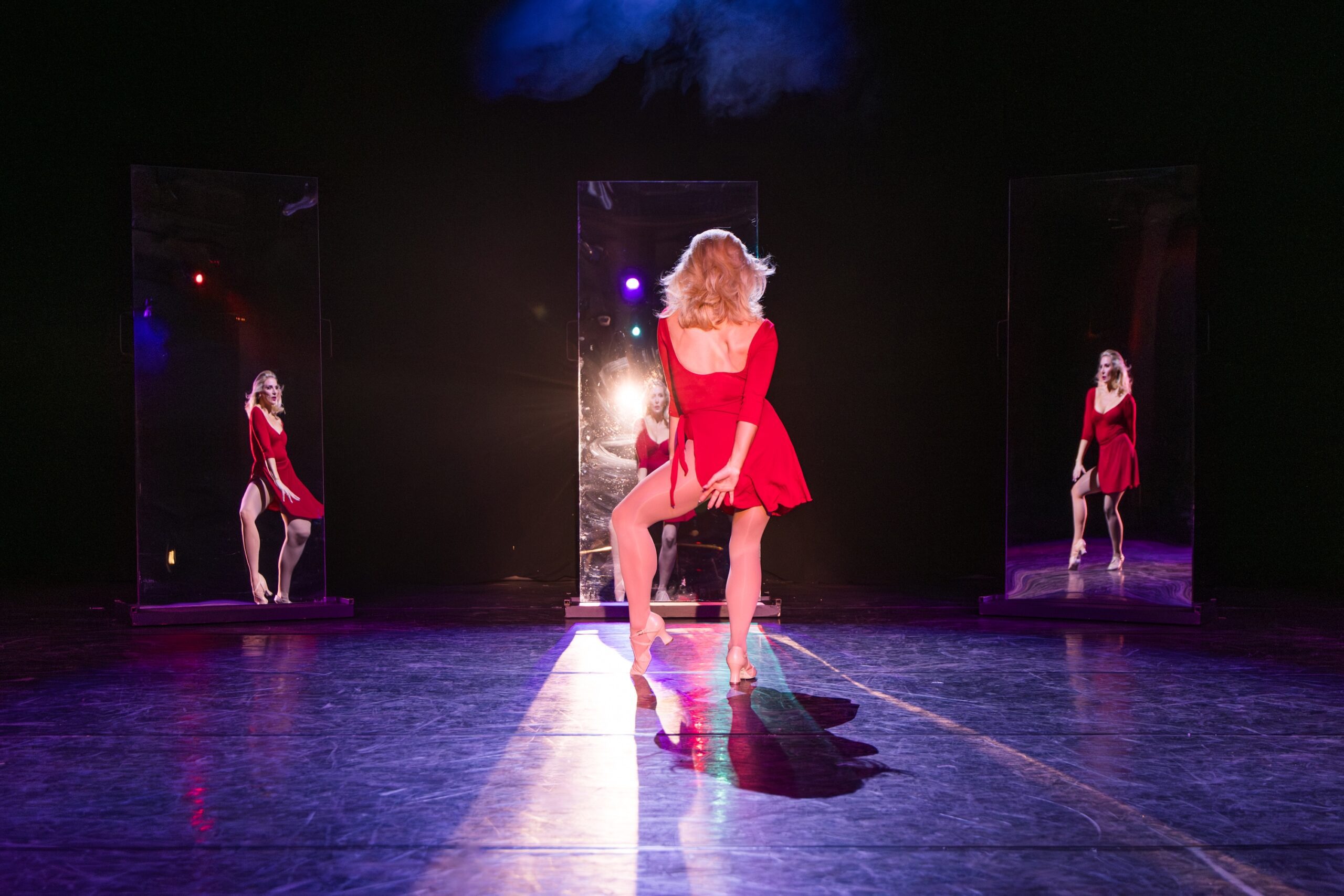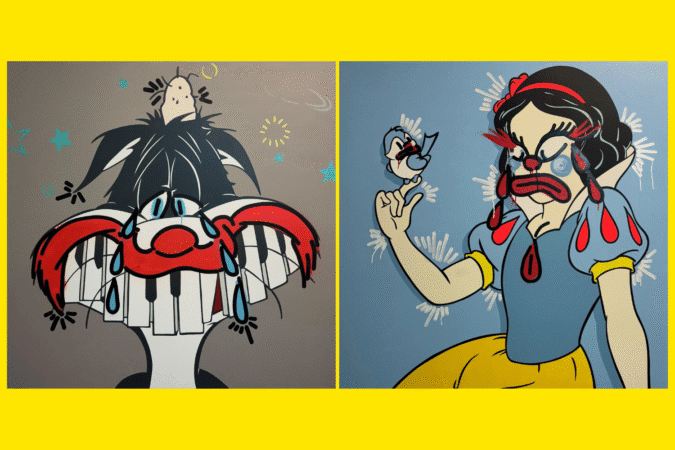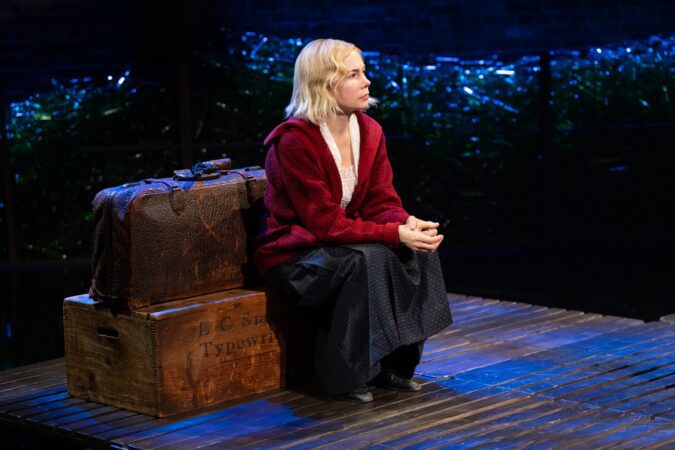By Jude Cramer
The year was 2018. Soon after reading Arthur Miller’s The Crucible in English class and performing as Judge Danforth in my high school’s production of the play, I attended my first-ever concert: Lorde’s Melodrama World Tour, where her confetti-laden encore performance of “Green Light” was the closest I’d ever come to a religious experience.
Needless to say, I’ve never seen a play speak so directly to my own life as John Proctor is the Villain. Playwright Kimberly Belflower’s 2018 period piece follows a group of high schoolers studying The Crucible, with Stranger Things star Sadie Sink at its center, who can’t help but draw connections between the play and their rural Georgia community.

In 1953, Miller compared the Salem witch trials to McCarthyism and the Red Scare. Belflower and her characters, in turn, compare them to the peak of the #MeToo movement and fourth-wave feminism. But as the play’s title implies, John Proctor is the Villain is far from a love letter to its source material. Instead, it challenges the taken-for-granted idea of a “theatrical canon” from the inside out, reminding us of the dangers of unquestioningly trusting authority figures—whether they are teachers, parents, or playwrights—simply because they hold power.
That’s to say nothing of the show’s pitch-perfect pop culture references, from reputation-era Taylor Swift, to American Horror Story memes, to—yes—Lorde’s Melodrama, an album the characters consider to be an all-time great (an opinion I happen to share). John Proctor delivers an eerily accurate flashback to Gen Z’s high school years, one I’d be happy to relive over and over again.

1MC Takeaway
John Proctor’s producers couldn’t have predicted that their Lorde references would feel especially relevant in 2025: a new era from the indie pop icon is nearly upon us. Four years after her last album, Lorde’s new lead single “What Was That?” is imminent, and it sounds like a return to Melodrama’s synth-pop perfection. Pinch me now.

